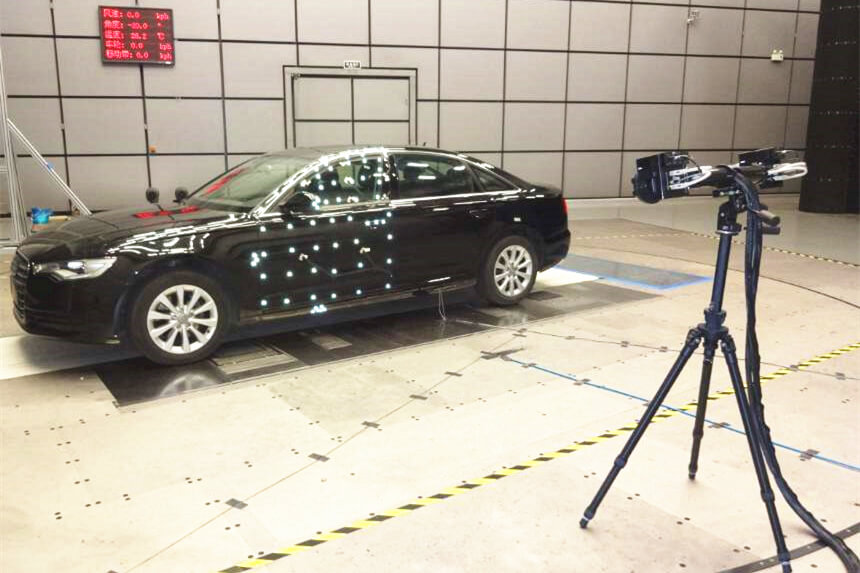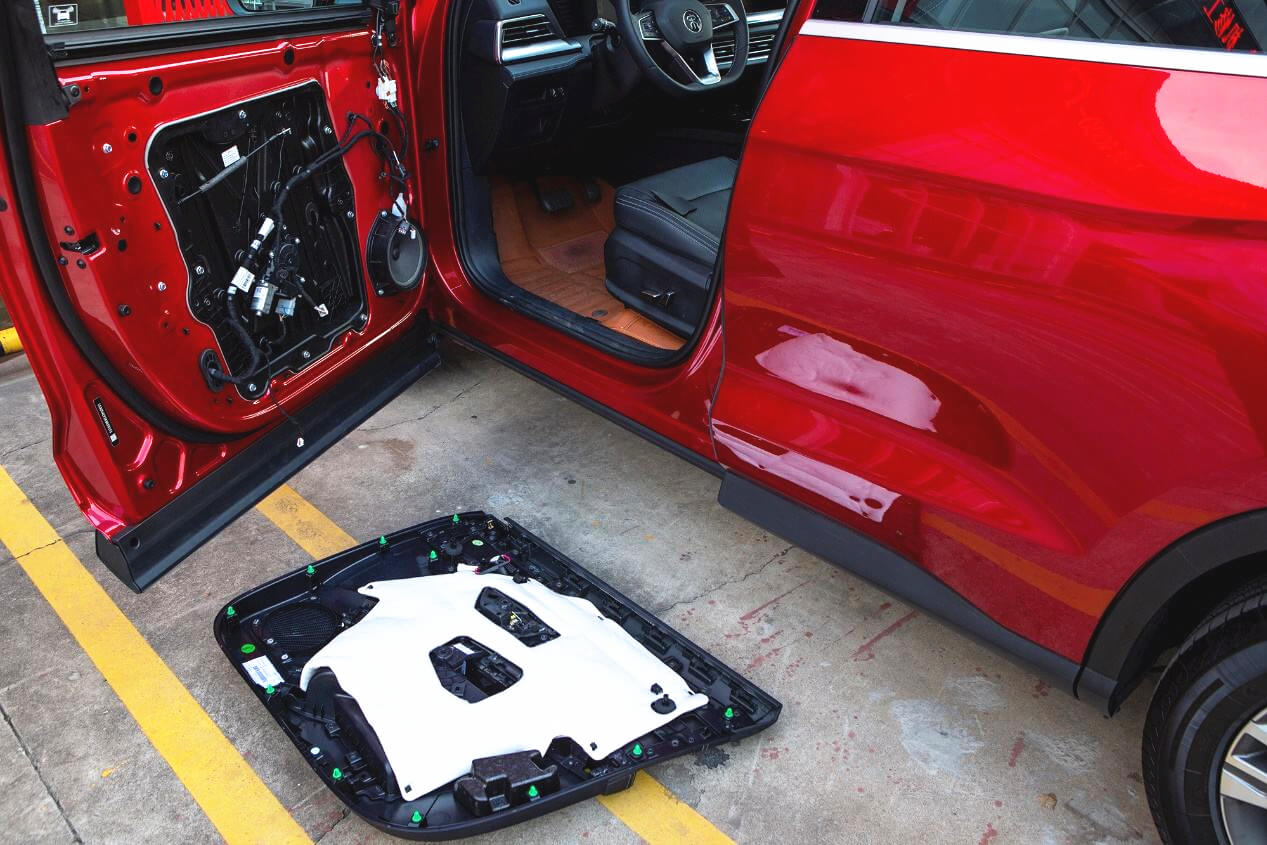The phenomena of noise and vibration in the car interior are the superimposed sum of various excitations after reaching the target position through different paths. Nowadays, the NVH performance has become the main indicator for market competition in the vehicle industry. In order to further improve the NVH level of the vehicle, it is often necessary to comprehensively consider the characteristics of excitations and related transmission paths.

Transmission Path Analysis requires two types of data: transfer function and load. The load is usually indirectly measured instead of direct ways, and the indirect method requires the measurement of operating data. Therefore, for TPA, two types of data are ultimately needed to be measured: transfer function and operating condition data.

First of all, the engineers need to measure the real-time data of the operating conditions by using RE-864U Rugged Data Acquisition System, then process and analyze the time-domain data in the frequency domain. Combined with the measured frequency response function and the dynamic stiffness obtained, the engineers can calculate the excitation load. After combining the excitation load with the frequency response on the path, the contribution value of the path to the target quantity can be calculated.

Dynatronic RE-846U solution can provide Transmission Path Analysis (TPA) which is able to determine the proportion of excitation energy of various paths in the vibration and noise problems, and to find out the links in the transmission path that play a leading role in the interior vibration and noise. As a result, the engineers can make the vibration and noise controlled within a predetermined target value.